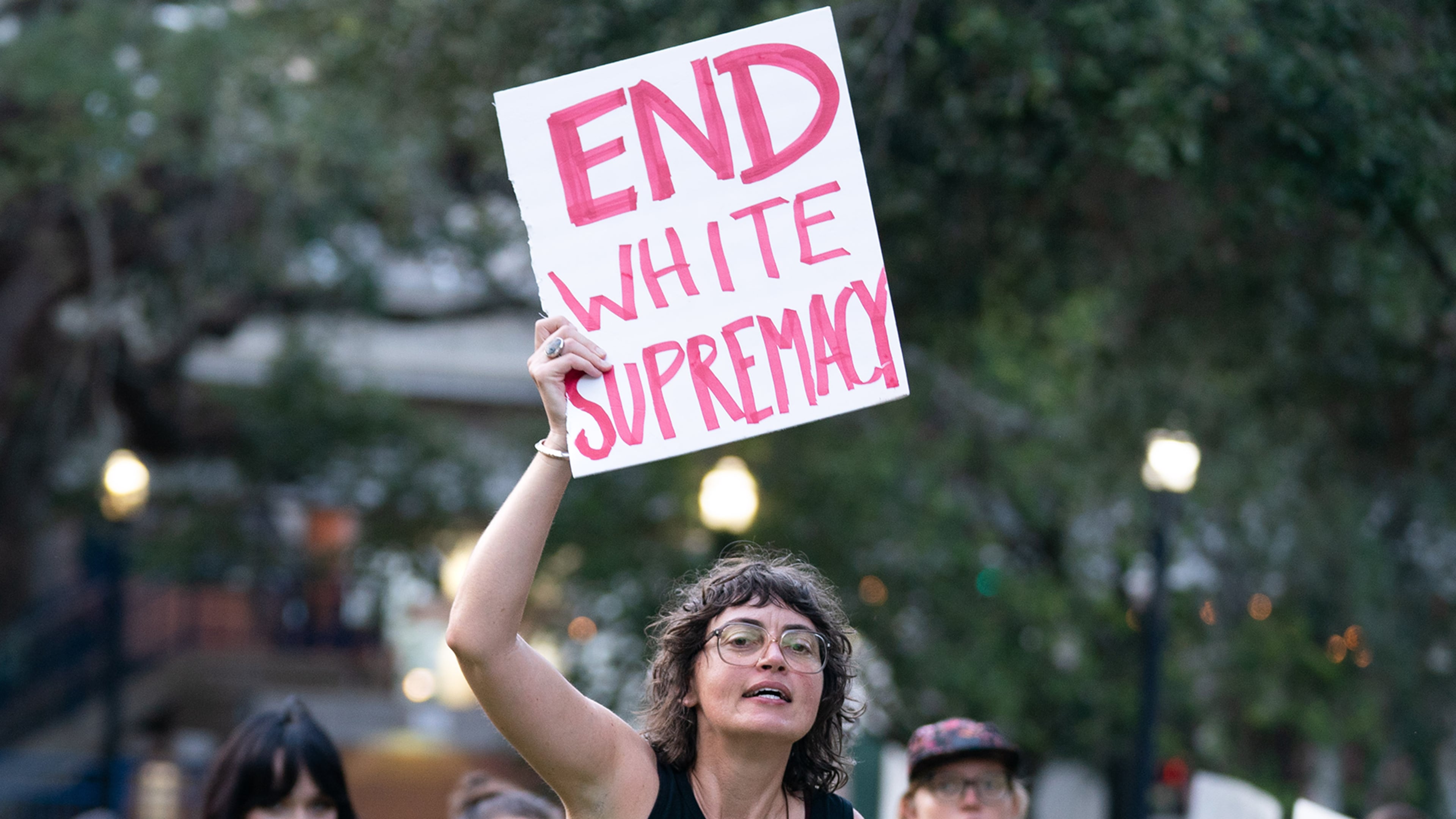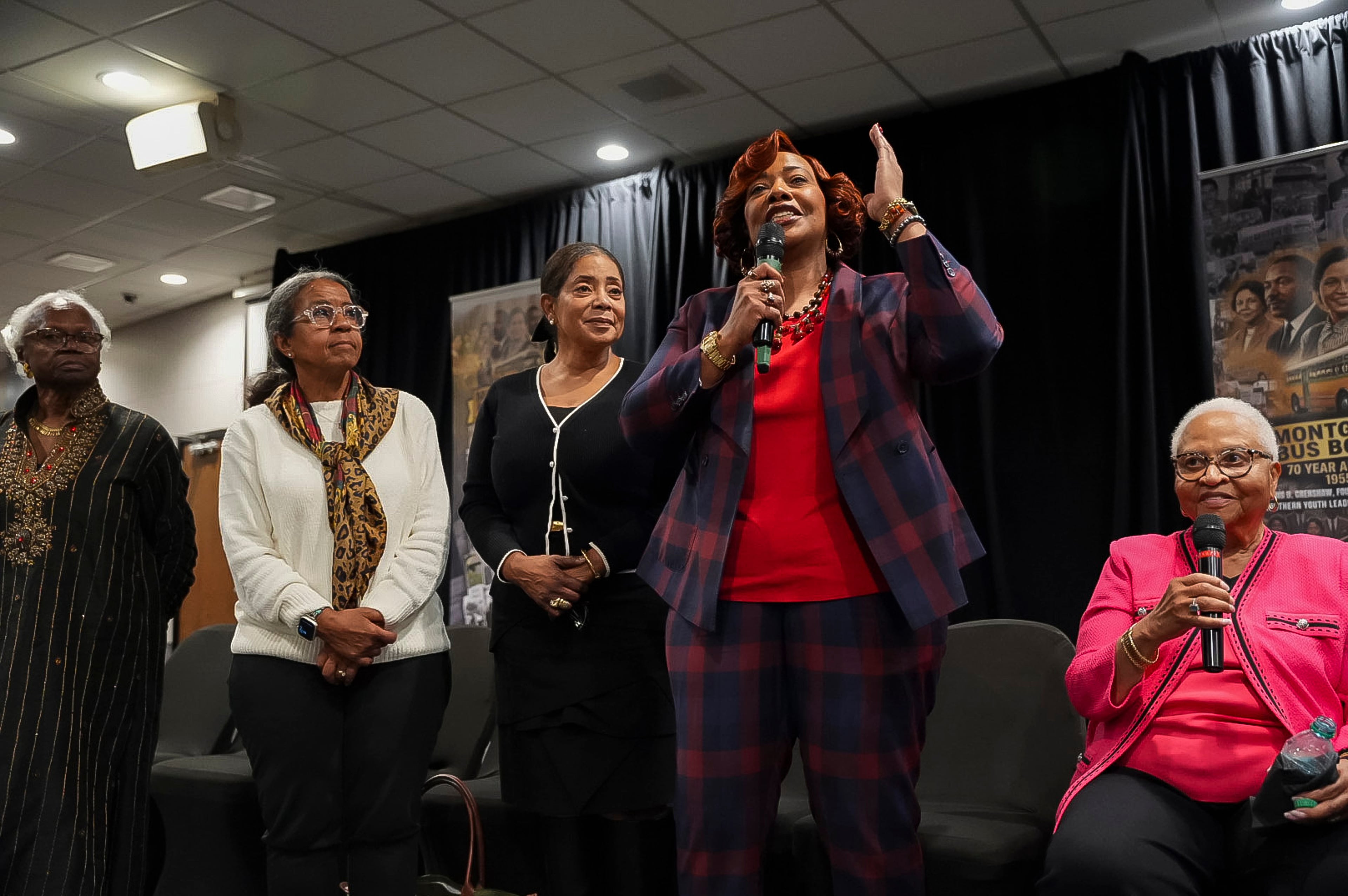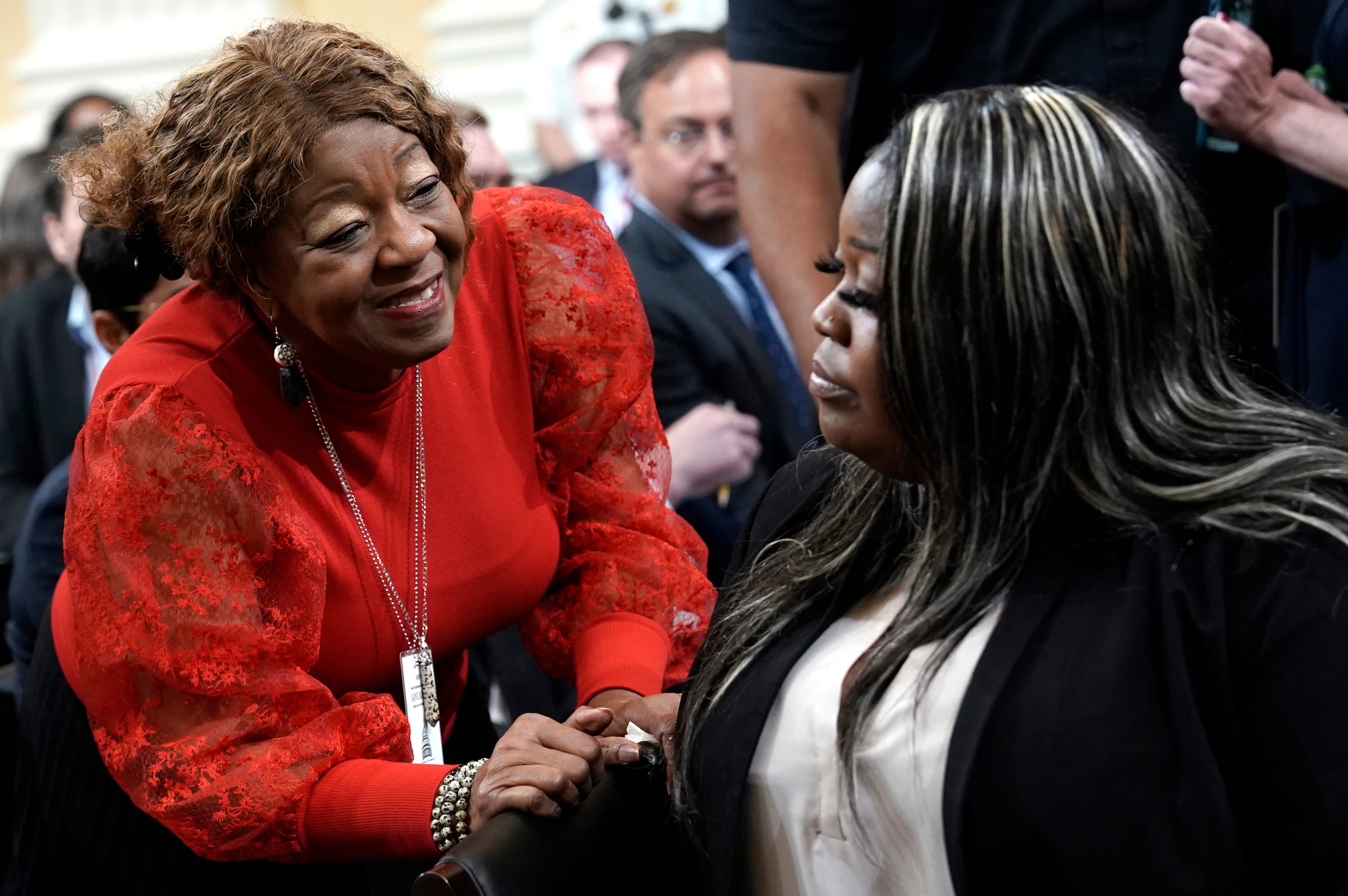Americans must stop defining people by race and end idea of white supremacy

The United States that we live in today is a vastly different place culturally than it was when the Constitution was being debated.
Enslavement is a thing of the past.
Jim Crow laws are no more.
So-called “sundown towns” — communities that excluded non-white people — no longer exist.
And yet the canard that there are separate races and that the white race is superior still survives.
Black lives continue to be snuffed out by racists. Driving while Black is still risky in many communities.
During the 2024 election campaign, the Trump campaign accused Vice President Kamala Harris of gaining her position by taking advantage of the current emphasis on DEI (Diversity, Equity and Inclusion) rather than on merit.
My life experiences allowed my views on race to evolve
I was born in Oregon in 1940. It was only in 1926 that a clause in the Oregon Constitution preventing Black people from living in the state was repealed. Yet the state was at that time and even today remains predominantly white. Its largest city, Portland, is often referred to as the whitest, least diverse city in the United States.
My parents and grandparents were racists. It was only through my experience in the military and during a career at IBM, both of which were integrated, that over time, both working for and working with people who were Black, I changed my racist beliefs, and recognized that we all belong to one race.
This guest opinion essay reflects my own life experience and an in-depth study of the issues of race and racism. Over the years I have read over 35 books and countless articles dealing with the subject of race and racism. I have drawn from this study what I believe are the most insightful quotes that make the case against the false notion of separate races and the damage caused by that belief.
In 1959, John Howard Griffin, a white man, chemically altered his skin so he looked black and briefly lived in communities in the South.
He wrote of his experience in his book “Black Like Me.” “When all the talk, all the propaganda has been cut away, the criterion [for judgement] is nothing but the color of skin. My experience proved that. They judged me by no other quality. My skin was dark. That was sufficient reason for them to deny me those rights and freedoms without which life loses its significance and becomes a matter of little more than animal survival. … For the blind man, the whole issue of racism on the basis of inferiority according to color or race is solved axiomatically. He can only see the heart and the intelligence of a man, and nothing in these things indicates in the slightest whether a man is white or Black, but only whether he is wise or foolish.”
Many books tackle the themes of terminology and social impact
In his 1990 book “The Content of our Character,” Shelby Steele, senior fellow (adjunct) at the Hoover Institution (now retired), who specialized in the study of race relations, multiculturalism, and affirmative action, wrote, “For me, race had lost much of its juju, its singular capacity to conjure meaning.”
And yet here we are today still using the term, and it is still causing harm. We continue to foster the memory of oppression by insisting that there are multiple races, rather than facing the reality that we all belong to one human race.
In their 2018 book “How Democracies Die,” authors Steven Levitsky and Daniel Ziblatt quote their colleague Danielle Allen, who writes, “‘The simple fact of the matter is the world has never built a multiethnic democracy in which no particular ethnic group is in the majority and where political equality, social equality and economies that empower all have been achieved.’ This is America’s great challenge. We cannot retreat from it.”
In his 2019 book “Self-Portrait in Black and White: Unlearning Race,” Thomas Chatterton Williams writes, “The truth is that ideas matter. Our language, formal and informal alike, shapes our reality. The terminology we use and accept to be used matters.”
In her 2021 book “The Sum of Us: What Racism Costs Everyone and How We Can Prosper Together,” author Heather McGhee writes, “The laws we make are expressions of a root belief, and it is time to face our most deep-seated one: the great lie at the root of our nation’s founding was a belief in the hierarchy of human value. And we are still there … When a nation founded on a belief in racial hierarchy truly rejects that belief, then and only then will we have discovered a New World.”
We must live up to American values that all are created equal
I believe that the continued use of the term “race” as an identifier by The New York Times, The Atlanta Journal-Constitution, authors and opinion writers, and its use on various applications by universities, employers, as part of medical histories, the federal government on Census and other forms, unwittingly continues to foster the continuing terrible consequences of the belief that there are separate races, and that there is such a thing as white supremacy.
When the term “race” is used when describing a person, it only feeds the racist belief that there is more than one race, the white race is superior and all other races are at best subservient, if not subhuman.
If not now, when will we stop using the term “race” to speak and write about people as if there is a hierarchy of racial categories, in which the “white” race is superior and all others are inferior?
When will we make the foundational promise that “We hold these truths to be self-evident that all [of us] are created equal” a reality?
Jim Wallace is an army veteran who is retired after a career at IBM. He is currently a student at Kennesaw State University.


